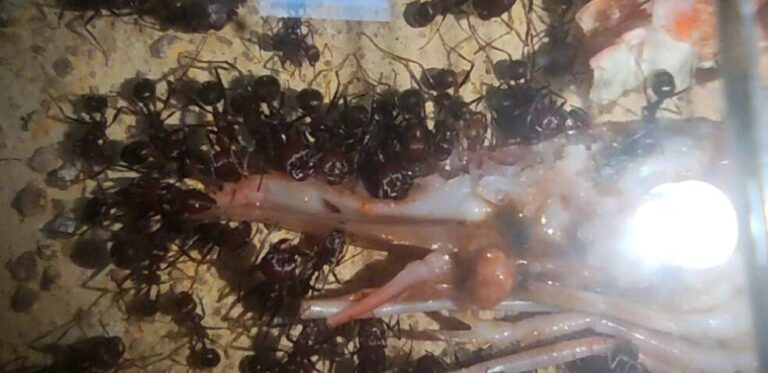- Principle
Chlorpyrifos is actually a nerve agent. Its function is to inhibit enzyme activity in insects. It relies on inhibitors and enzyme activity to form inhibitor complexes that disrupt normal nerve impulse conduction. Finally, it causes a series of poisoning symptoms: abnormal excitement, convulsions, paralysis, and death. - Features
Chlorpyrifos belongs to the organophosphorus class of broad-spectrum pesticides. At the same time, it is one of the main varieties to replace highly toxic organophosphorus pesticides. It has contact killing, stomach poisoning and fumigation effects, but no systemic effect. The drug lasts for a long time in the soil, so it has a very good control effect on underground pests. - How to use

The application methods of chlorpyrifos include: foliar spray, soil treatment to control underground pests, and broadcast application.
(1) Wheat pests: Use pesticides to control wheat leafflies in the early stages of the disease. To control aphids, use pesticides before or after flowering. When controlling armyworms, spray when the young larvae are young. Usually, 60-80ml of 40% EC is used per mu, mixed with 30-45kg of water.
(2) Corn borer: During the corn trumpet stage, use 80-100g of 15% granules to spread on the heart leaves.
(3) Cotton pests: When controlling cotton aphids, lygus bugs, thrips, weevils, and bridge-building insects, spray pesticides when the number of pests increases rapidly. When controlling cotton bollworm and pink bollworm, spray pesticides from the peak of egg hatching to before the larvae bore through the bell. Generally, 100-150ml of 40% EC is sprayed per acre, and 45-60kg of water is sprayed.
(4) Root maggots of leeks and garlic: In the early stages of root maggot occurrence, use 400-500ml of 40% EC per acre and irrigate with irrigation water.
(5) Underground pests: such as cutworms, grubs, wireworms, etc., irrigate the base of the plants with 800-1000 times of 40% EC per acre.
(6) Vegetable pests: such as cabbage caterpillars, diamondback moths, aphids, thrips, whiteflies, etc., can be sprayed with 100-150ml of 40% EC mixed with 30-60kg of water.
- Main control targets of chlorpyrifos
- Chlorpyrifos is a moderately toxic pesticide that is extremely toxic to aquatic organisms. If used for a long time, it may have long-term adverse effects on the water environment.
- Chlorpyrifos granules or toxic soil methods can be to control soil pests such as mole crickets, grubs, cutworms, vegetable root chews, and sugarcane tortoise shells.
- Chlorpyrifos has three functions: stomach poisoning, contact killing, and fumigation. It has good control effect on a variety of chewing and sucking mouthpart pests on rice,and tea trees.
- It has good mixing compatibility and can be with a variety of pesticides and has obvious synergistic effects. Compared with conventional pesticides, it has low toxicity and is an alternative to highly toxic organophosphorus pesticides against natural enemies.






